What is financial literacy? Traditionally, when we think about teaching kids about money, we think of standard math problems that involve identifying coins, and word problems that speak of children buying a ridiculous number of watermelons at the store. However, financial literacy is really about teaching your children what money is, why it's important, and how to manage it and not let it manage them. Money matters all the time, but given the current turn of events and the world economy, this seems to be an especially appropriate time to help our children learn and understand financial principles. Believe it or not, most money habits are formed by age seven. That being said, here are several age-appropriate ways you can help your children learn about money.

Money May Be Made of Paper, but It Doesn't Grow on Trees
#1 - For Younger Children: Make Money Visible
Learning about money and how to manage it and spend it can seem a bit like learning a foreign language at first, which is why using concrete visual tools can help your children learn money management more easily.
#2 - What's it Worth?
When given the option to choose between a penny, a dime, and a nickel, most young children will pick the nickel. It's the largest coin of the three, so in their mind, it must be the best! Helping your children learn the worth of each coin will help them understand their value. Place a penny, nickel, and dime all next to each other. Then, under each coin, create a column of pennies equivalent to the value. A tower of ten pennies is worth more than a tower of five, so a dime must be worth more than the nickel. You should also play trading games. Let your children trade twenty-five pennies for one quarter. Hands-on examples coupled with engaging money worksheets to solidify understanding will help your children comprehend the worth of coins and bills.
#3 - Play Games to Help Grasp it
Many board games you currently have around your home can help your children begin to better understand finances. Games such as Monopoly and Life help children learn when to spend and when to save. If they end up being stuck in jail without bail or having another baby with no medical insurance, the play bills add up, and the play money gets spent! There are consequences. On the flip side, there can be great financial rewards for taking risks and investing in real estate or taking out loans to pursue a college degree. While it's a lot easier to spend play money, these types of games can become great conversation-starters.
You can also use games and activities to help your children understand more complex concepts like budgeting. Make budgeting, bills, and investing feel more kid-friendly using snacks. Why not mimic your family's monthly spending using real or play money? In this activity, children see bowls filled with multiple (and delicious!) snacks. Each snack has an accompanying price tag. The goal is to have children take an accurate monthly budget and "pay" for all the family's monthly expenses. Any money they have left over can be used to purchase treats. The goal here isn't to make children feel like there isn't enough money to go around or to create a scarcity mentality and make them feel worried about the family's finances. Rather, it's to help illustrate the fact that choices have to be made when it comes to spending. We can't have it all, all of the time. Helping to understand this will help your children become more aware and more appreciative of the things they do have.
Another activity can help children learn how to build wealth from investments using marshmallows. Give each child a handful of marshmallows early in the evening. Invite them to "invest" as few or as many of the marshmallows as they'd like. Let them know that investing them now means they won't be able to eat them for a while, but it means there is a chance that they will end up with more than they started with. After setting aside their chosen investments, carry on with your evening. Later, triple the number of marshmallows that each child chose to set aside. When the bowls of investments later appear, help explain that this is the way investments work. While it may have been hard to put away the marshmallows right now and not be able to see or eat them, look at the reward that was earned! We can be so driven by instant gratification. Putting off what we want and instead settling for what we want right now can be extremely difficult! But, if we are patient and diligent, we can end up with so much more than what we started with. Investing has the same potential.
#4 - See it and Save it.
Next, have your children begin saving coins in see-through containers. We've all seen cute, animal-shaped banks that seem like they're perfect for collecting coins, but it's hard for children to really understand the worth of what's inside their banks if they can't see those coins. Using a clear container, on the other hand, allows children to see their money grow. They can watch the jar fill up. They can anticipate with great excitement as they watch their coins get closer to the top.
Take this idea one step further, and have your children collect money in three separate see-through containers. Label one "save," one "spend," and one "give." As our children begin to understand the concept of money, we can help them see the power behind using their money as a tool. We can use this money to meet our needs and wants and help others. Encourage your children to give little bits of their money away, whether that's to a charity, a religious organization, or a friend.
#5 - For Older Children: Count your money and make your money count!
Children, when they're eight or older, are ready to be involved in more day-to-day conversations and decisions about money. Involve them in family decisions about money. Get into the habit of discussing the idea of family and individual needs vs. wants.
#6 - Where does money come from?
The earlier you can help your children learn that money does not grow on trees, but rather comes from hard work, the better. Use a bucket, a sink, and some water to teach your kids about money. The bucket is your bank account. The faucet represents your job. The water that flows from the sink represents your money. Once the bucket (your bank account) is empty, the only way you can get more water to fill your bucket is to head back to work (turn those handles!). The money and water do not magically appear without work! As silly as it sounds, most children have a hard time comprehending money and spending limits because they are used to seeing their parents insert a credit or debit card and then leave with whatever they purchased. They don't understand that the card is not tied to a bottomless well. This hands-on explanation can help.
If money comes from work, consider offering your children a "commission" for work done around the house, rather than an allowance. Allow them the chance to feel the pride that comes from working hard for their money even before they are old enough to have a part-time job. Should you opt to offer an allowance, you may also want to think about setting a purpose for that paycheck. Is the allowance only for fun spending money? Or are there expectations for how that money will be budgeted and spent?
#7 - How Do I Spend It?
The jelly bean budget game can help students learn to make decisions based on the amount of money they earn. Use these free game downloads, some jelly beans, and some great discussion questions to help your children start to think through their financial choices and the difference between needs and wants.
After introducing the idea of budgeting, the next step is to practice comparison shopping. If children understand the amount of money they have available to spend, the next financially savvy step is to learn how to get the most for that money. Have your children compare prices with you while you are grocery shopping, ordering take-out, or looking to make a large family purchase. Is the name brand cereal really worth an extra $3.00 per box? If you opt for the generic version, you could use that extra $3.00 and purchase another jar of pasta sauce and a box of noodles! Comparing prices will help your child learn how to stretch what they have and get the most for each of their hard-earned dollars.
#8 - Make Your Money Work for You!
Money isn't made, it's earned, but there are several ways to use your money to earn more! Introduce your older children not only to the idea of investing, but to the idea of compound interest . If a child invests $100 every year from the age of fourteen until he or she turns sixty-five, he could expect to have $23,000 waiting for him! He or she will have only invested $5,100 over those fifty-one years, but the compound interest (with an expected rate of return) would yield a huge profit! But if that same child waits until he or she is thirty-five before beginning his investments, the results are much different. If that child invests $100 per year from thirty-five until sixty-five, he will only have $7,000. What a huge difference! When older children grasp this, they will want to start saving!
#9 - Steppingstone for Kids to Be Moneywise and Financially Literate
Remember, your children didn't learn how to speak, read, or write overnight. They won't become financially literate overnight either. Use these activities as a steppingstone to begin their financial wellness journey. There are also several money apps perfect for you and your kids . With time, conversations, and activities, your children will begin to comprehend what money is, and how they can earn it, use it, spend it, and save it!
Trending
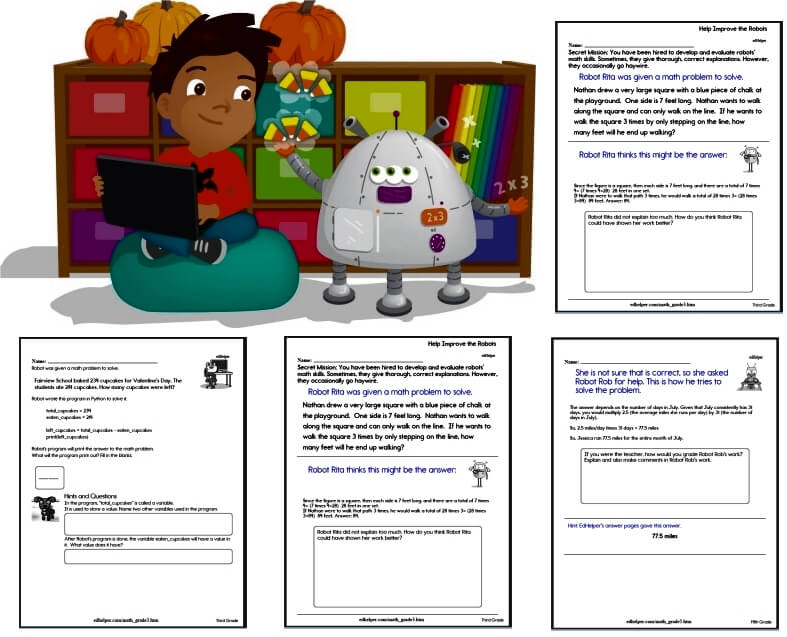
Daily Math Practice
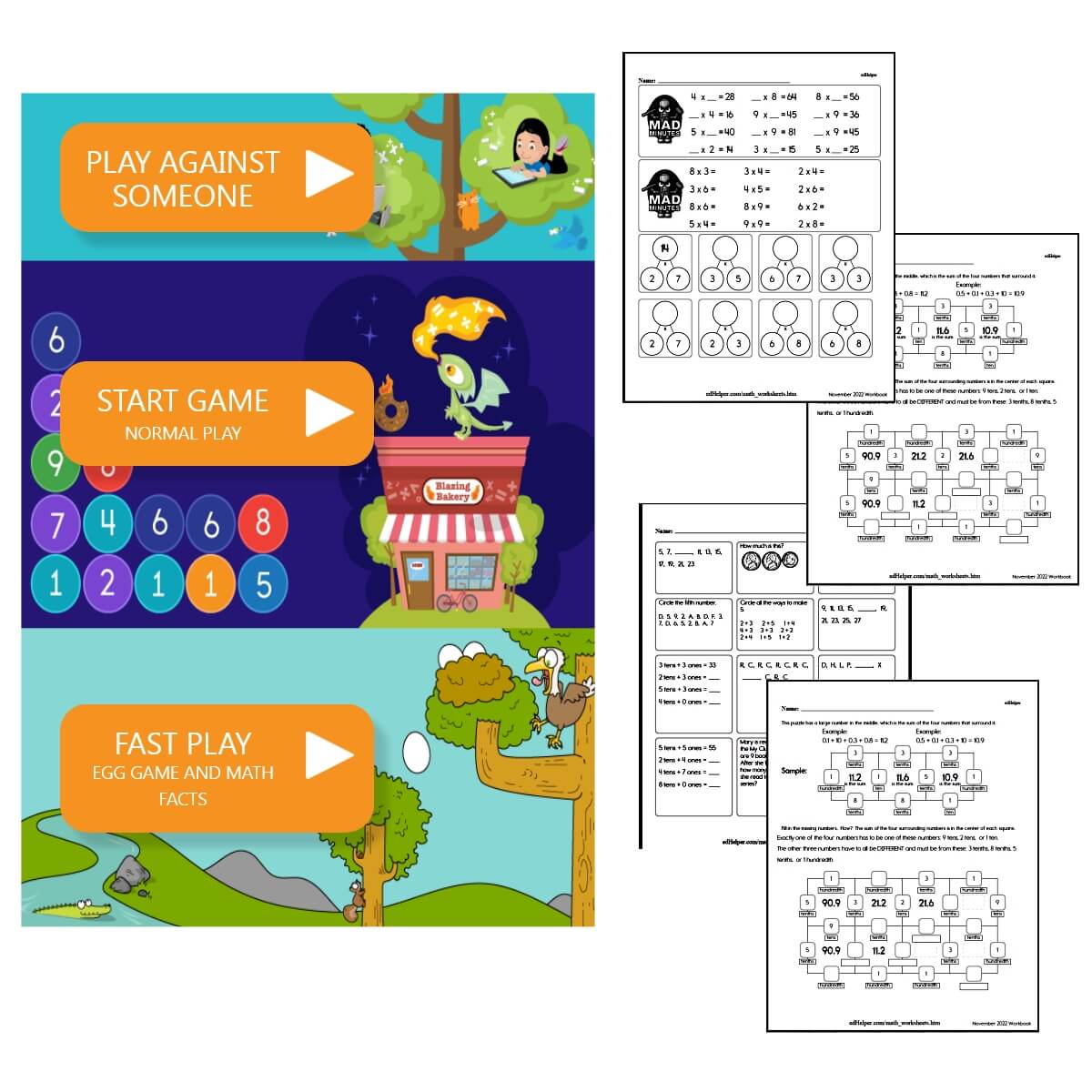
Math Homework for Generation Alpha

Freebies for Busy Teachers
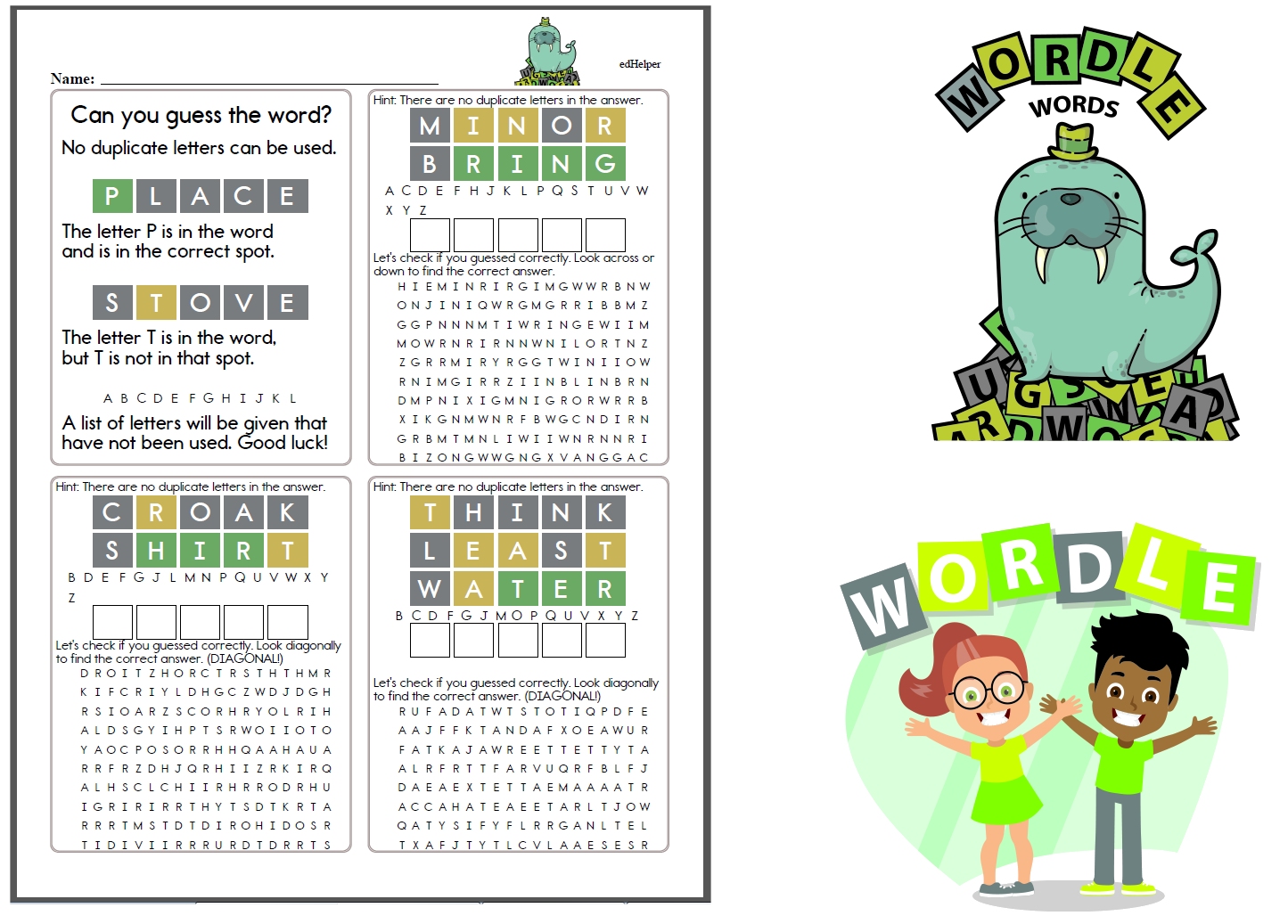
Wordle Worksheets

Mental Math Task Cards
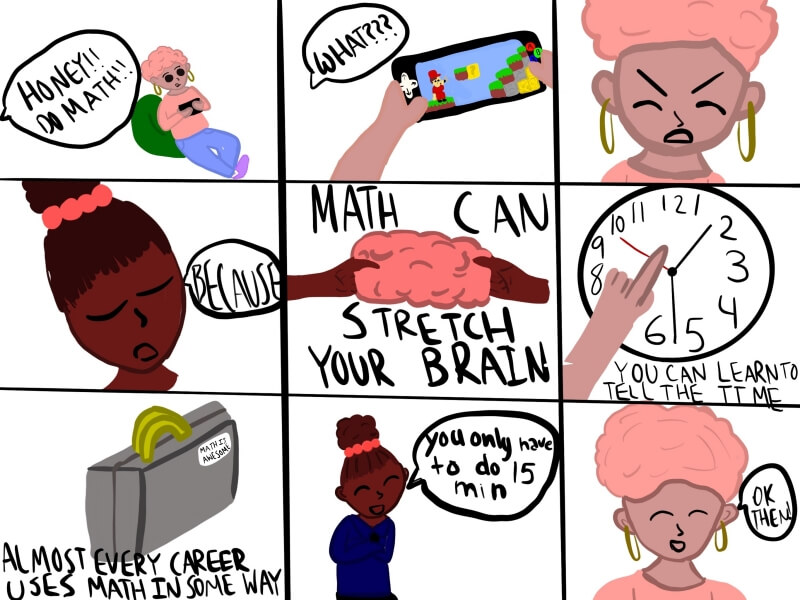
Elementary School Children Don't Get Enough Math Practice at Home

10 Math Worksheets That Work for Teachers (Free Printables)
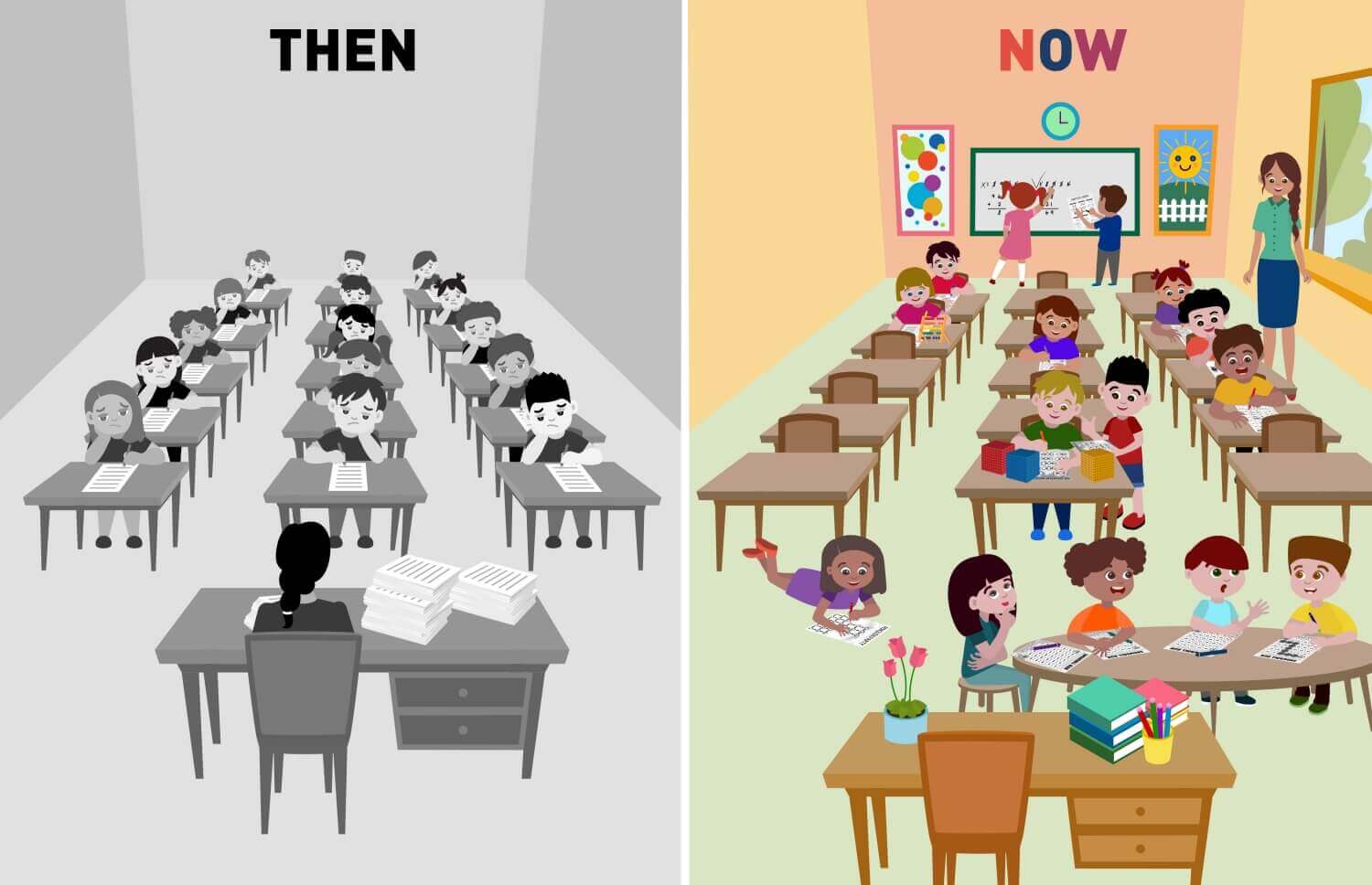
Do Math Worksheets Really Work? What We Found May Surprise You.

Best Teaching Ideas
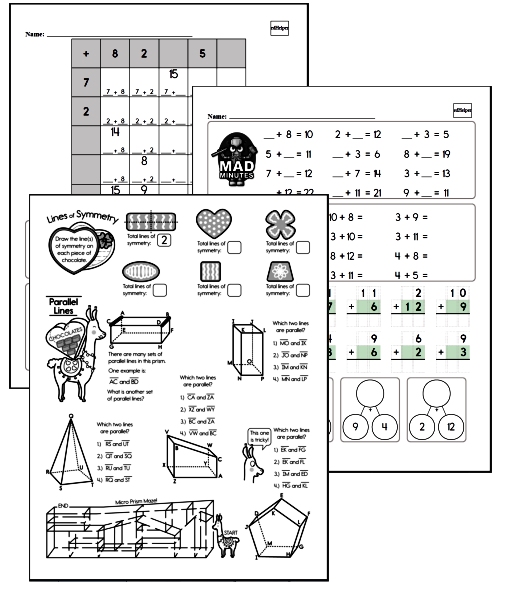
Math Worksheets
Free Math Worksheets - No Login
Kindergarten Jumbo Math Worksheets PackFirst Grade Jumbo Math Worksheets Pack
Second Grade Jumbo Math Worksheets Pack
Third Grade Jumbo Math Worksheets Pack
Fourth Grade Jumbo Math Worksheets Pack
Fifth Grade Jumbo Math Worksheets Pack
Sixth Grade Jumbo Math Worksheets Pack
Middle School Jumbo Math Worksheets Pack
